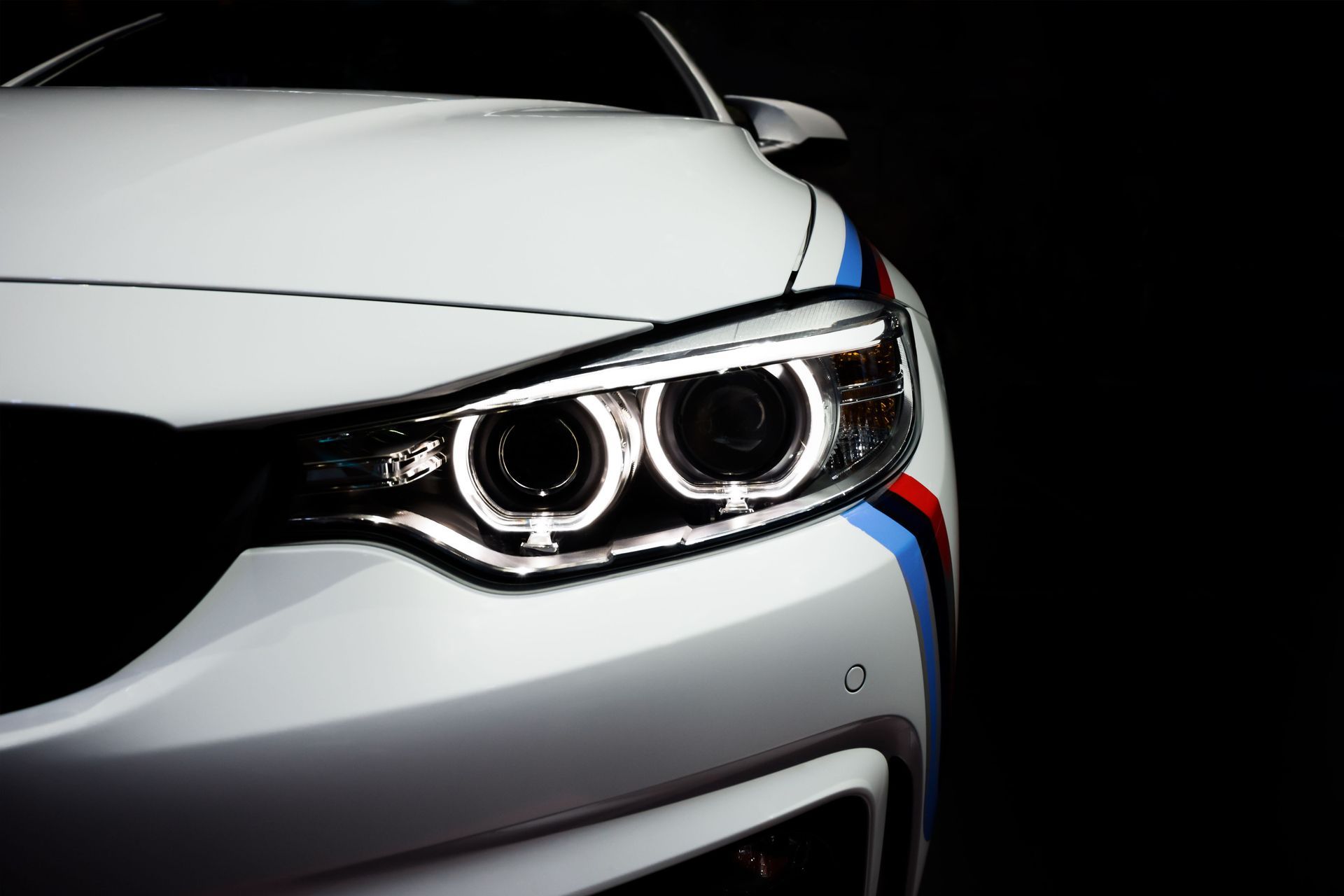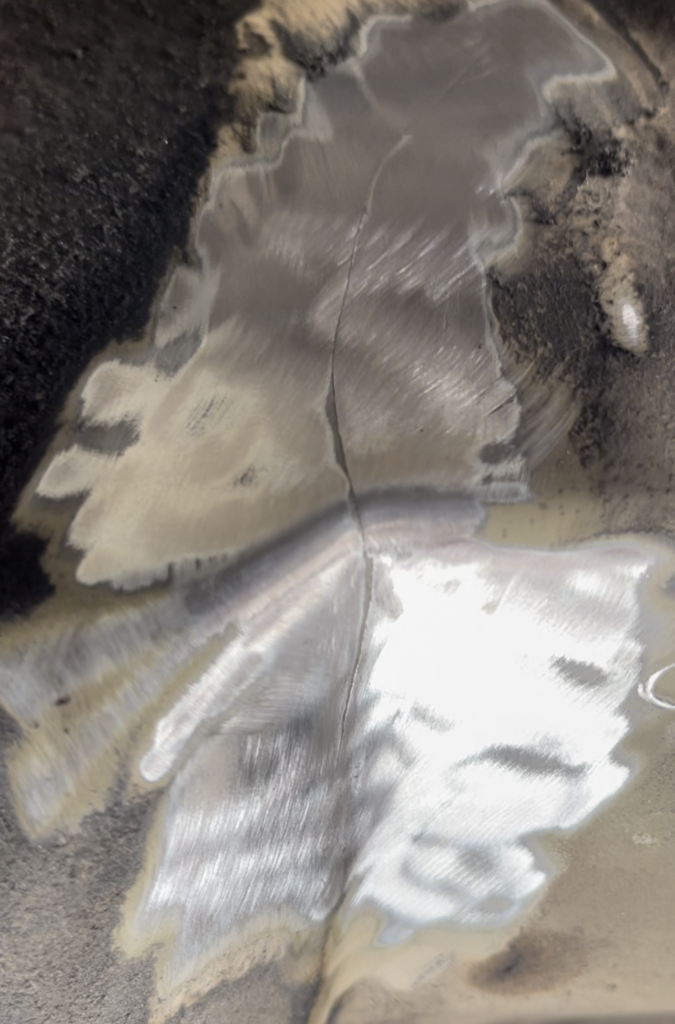BMW - E46
Lins Automotive
BMW E46/E36/Z3
Subframe Reinforcements - Protecting Your Investment

So, you're one of the lucky (to be determined) owners of a 1999-2006, (E46) chassis BMW. Or maybe you have a 1996-2002 (E36/7 for the convertible and E36/8 for the coupe) Z3. Or perhaps you're looking to get your hands on one of these elusive, highly touted automobiles; frequently regarded as some of the best driving experiences you can buy. In all your research or scouring of forums, I'm certain you've heard the term 'Big 3' and probably seen it thrown around like grease from a leaky gasket. Yes, they sound daunting and can potentially be crippling to both the car's longevity and your wallet, but do not let these procedures take away from the power and potential of these cars once they have been completed. They are out-and-out sports cars at heart and offer a purist driving experience which certainly contributed to BMW's self-proclaimed title of The Ultimate Driving Machine. But vehicles at or approaching 20 years of age need some love and attention to maintain that quality experience for years to come.
What are the Big 3?
We have performed dozens of these installments and can proudly say we've gotten excellent results. The aforementioned procedures that require your hard-earned money are the rod bearing replacement, a rebuilt VANOS variable-valve timing system, and subframe reinforcements. The latter of which, we'll be covering here.
Why do we have to reinforce the subframe?
Have you ever bent a paper clip back and forth and ultimately it broke? That's essentially the same concept here, except with the chassis of your car! To add a bit of clarity, the reinforcement is actually applied to the body of the car, not the subframe. It's called a subframe reinforcement because it reinforces the subframe's attachment points to the axle carrier panel of the chassis of the car. The reason for the reinforcement is that as the car launches or accelerates, the stock rubber bushings on the subframe provide too much flex and rotation of the subframe. Over time, this rotation results in stressing the chassis to the point of failure and it ultimately cracks around these points, so we reinforce the joints by welding on steel reinforcement plates and replacing the bushings with more stiffer ones to make sure this extra flexion on the chassis doesn't happen. Due to these inherent weaknesses in the original design, enthusiasts often opt for reinforcement kits or welding in additional support plates. Treating the issue sooner rather than later will ensure that the chassis of the car doesn't completely tear apart, resulting in more extensive damage and cost for the repair or even a total loss.

Exposed crack M3 chassis subframe reinforcement


Share On: